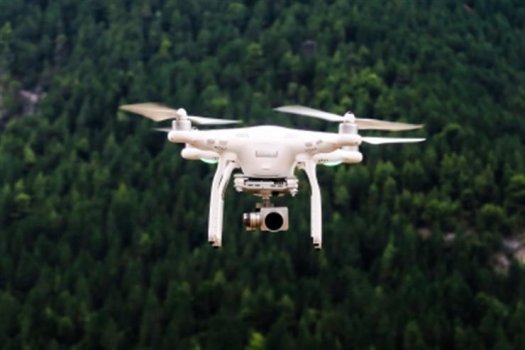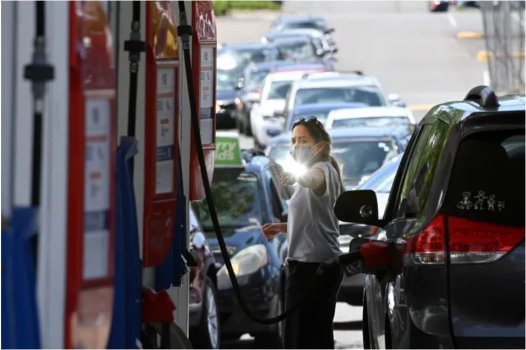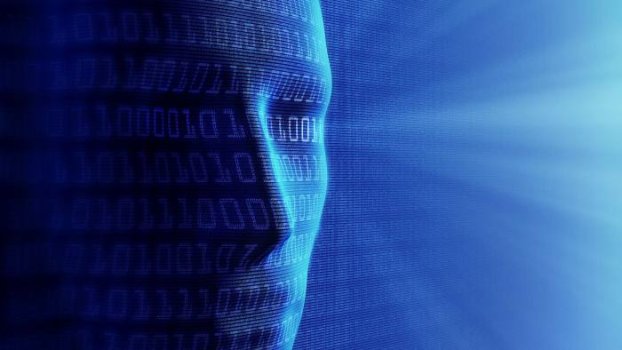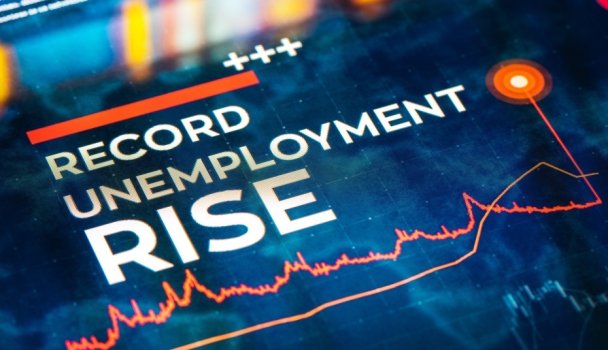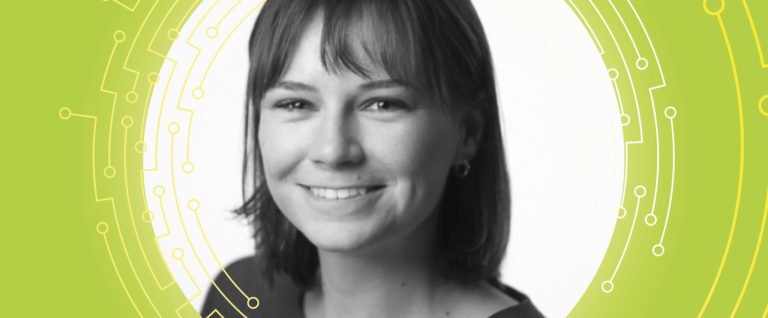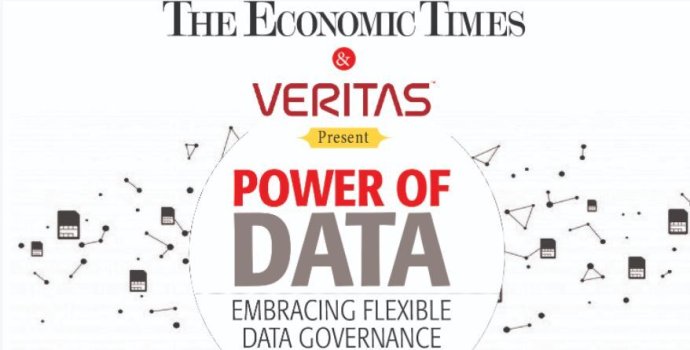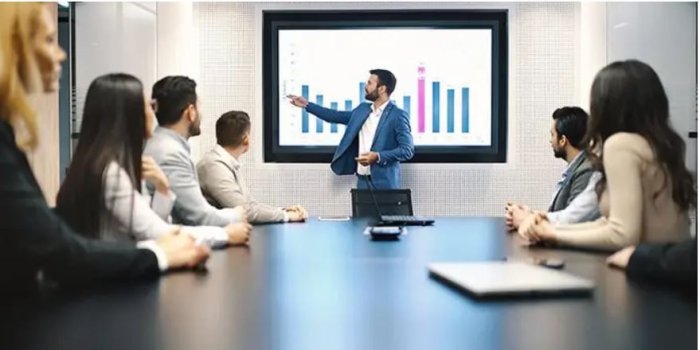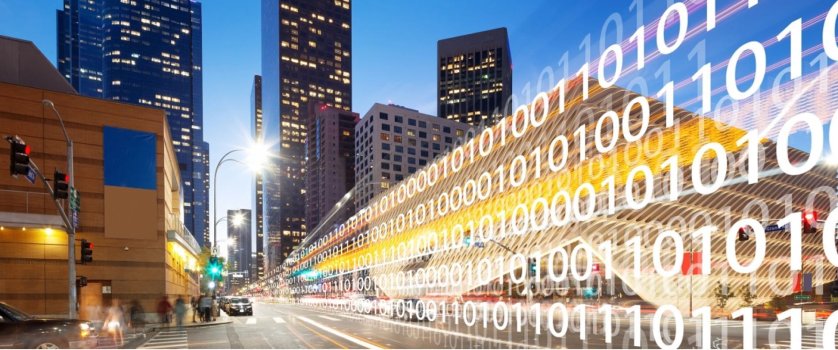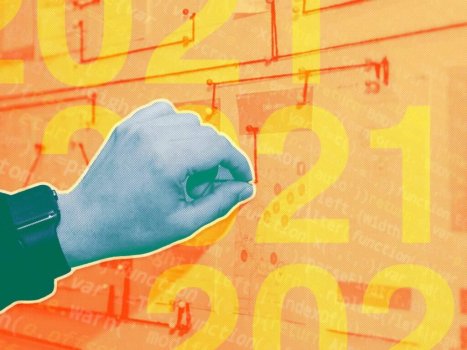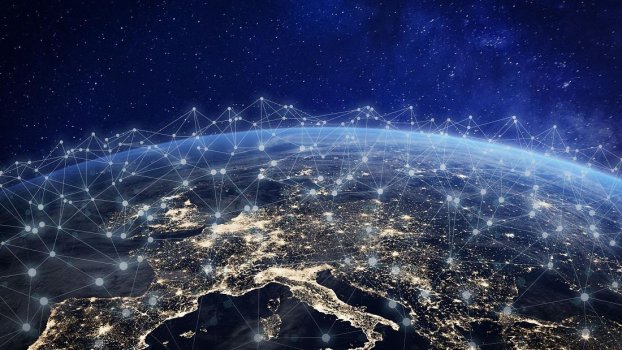Drones sail in Caribbean, Atlantic to better understand hurricanes
- Technology Solutions
- 0 Replies
A new technology designed to help weather forecasters better understand and predict hurricanes —sail drones— are being used in the Atlantic and Caribbean to help the National Oceanic and Atmospheric Administration to better understand how storms develop and rapidly intensify.
They almost look like a cross between a sailboat and a surfboard, but sail drones aren't used for leisure. Their purpose is to hunt hurricanes to give forecasters more data from the surface of the ocean.
"It's a very economical solution to scientific data gathering," Brain Connon, vice president of ocean mapping with Saildrone said.
Connon said the drones collect data in real-time, including air & sea surface temperatures, relative humidity and wave height — important information all gathered without risking human life.
Continue reading: https://www.wwltv.com/article/weather/hurricane/drones-sail-to-better-understand-hurricanes/289-b0336b09-38c0-466e-8424-7537e665628d
They almost look like a cross between a sailboat and a surfboard, but sail drones aren't used for leisure. Their purpose is to hunt hurricanes to give forecasters more data from the surface of the ocean.
"It's a very economical solution to scientific data gathering," Brain Connon, vice president of ocean mapping with Saildrone said.
Connon said the drones collect data in real-time, including air & sea surface temperatures, relative humidity and wave height — important information all gathered without risking human life.
Continue reading: https://www.wwltv.com/article/weather/hurricane/drones-sail-to-better-understand-hurricanes/289-b0336b09-38c0-466e-8424-7537e665628d

